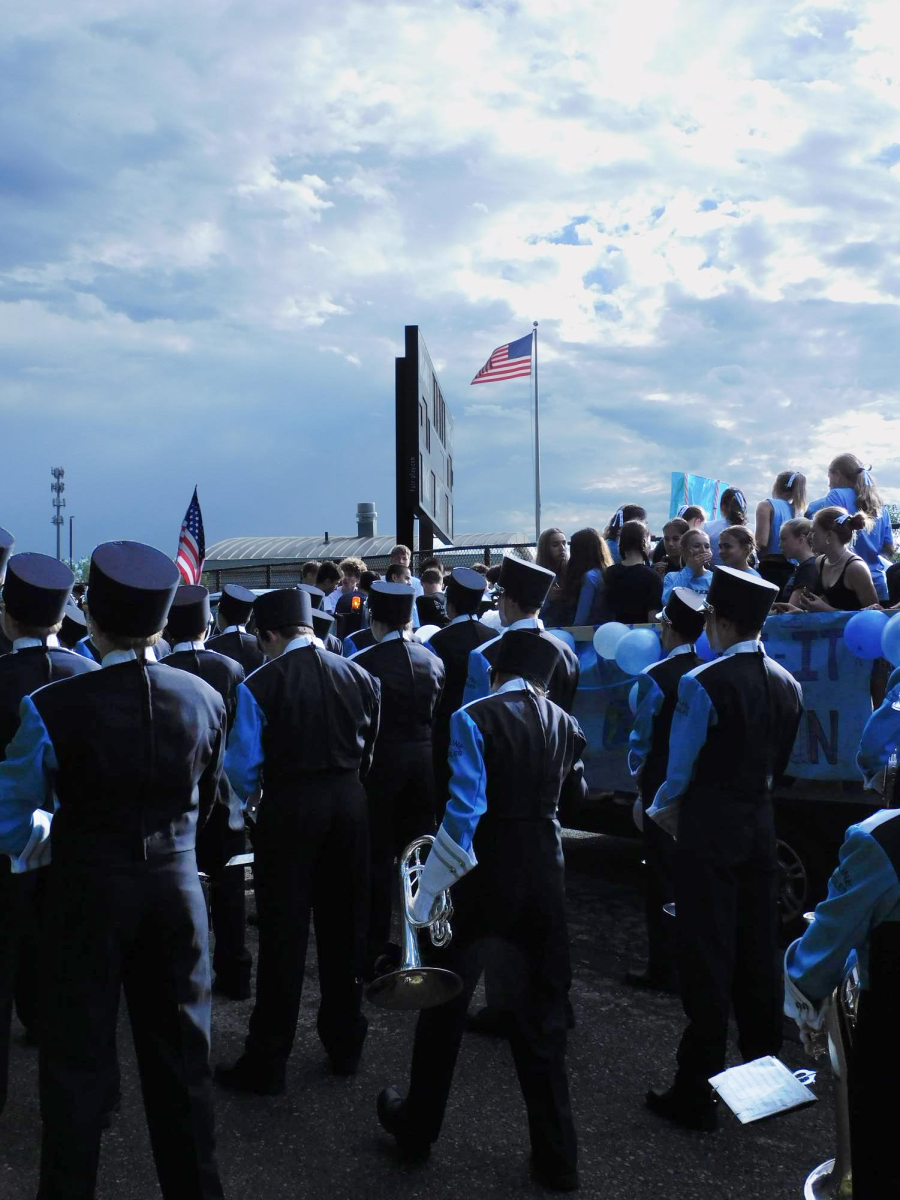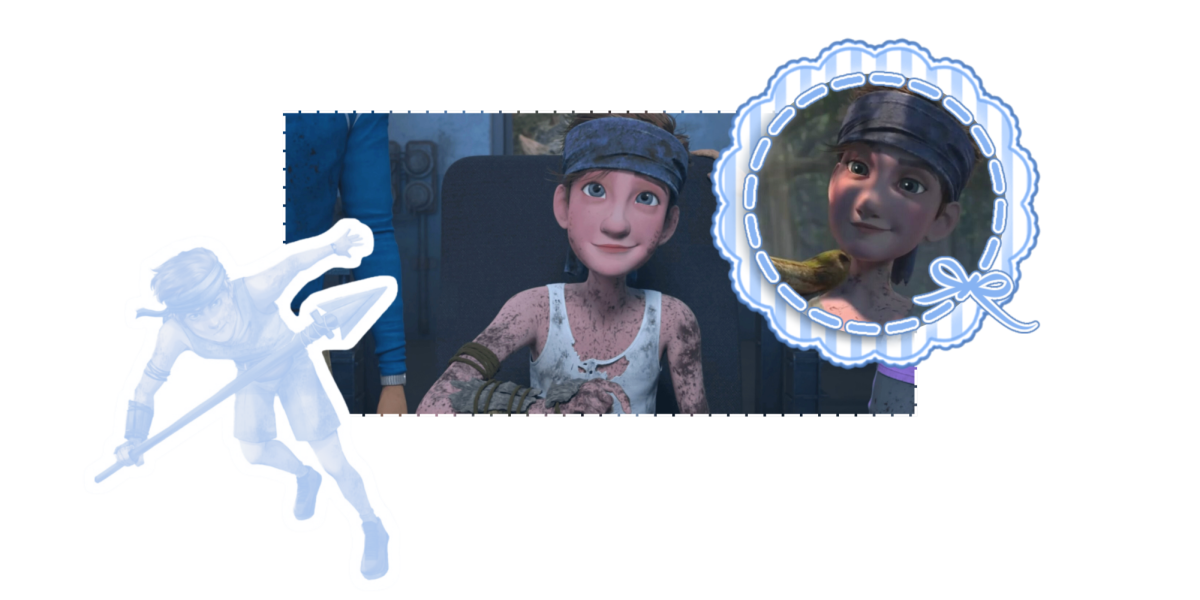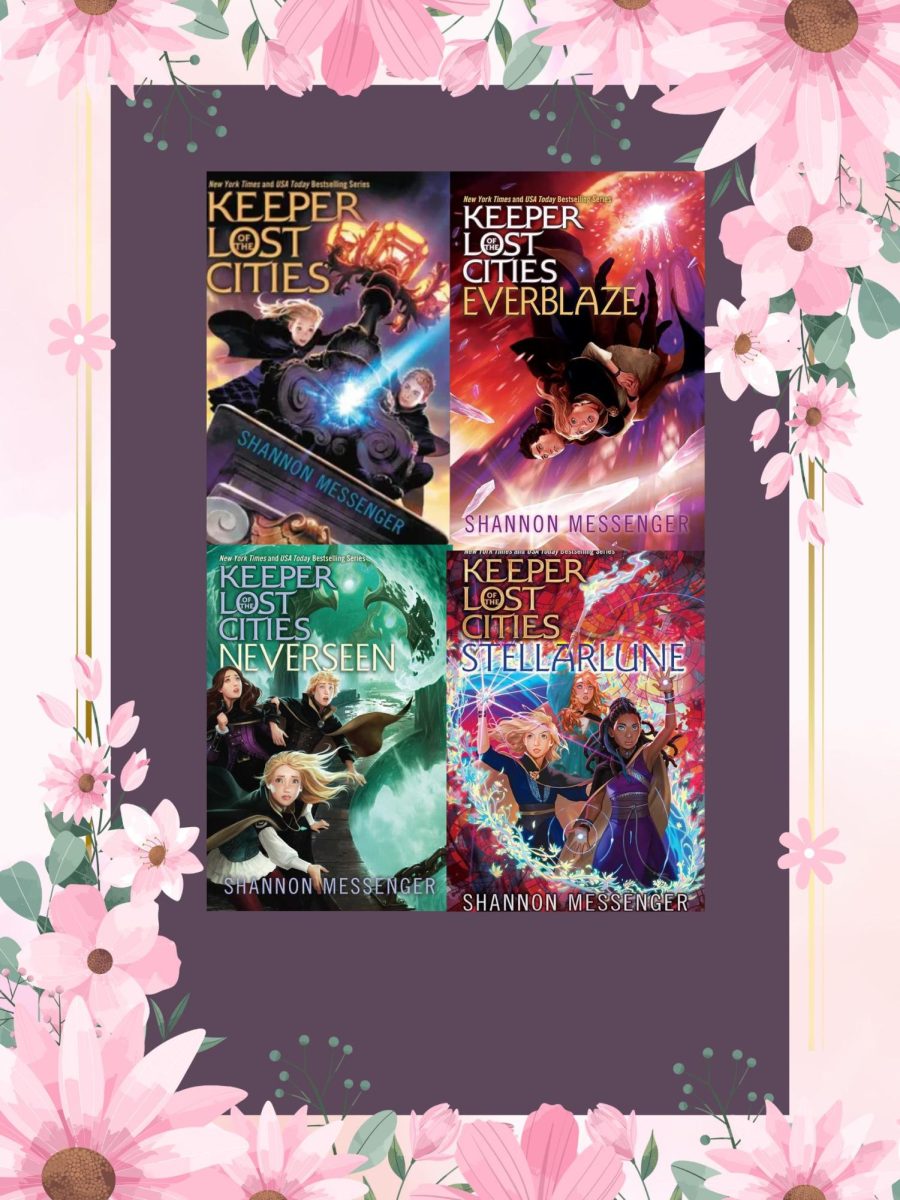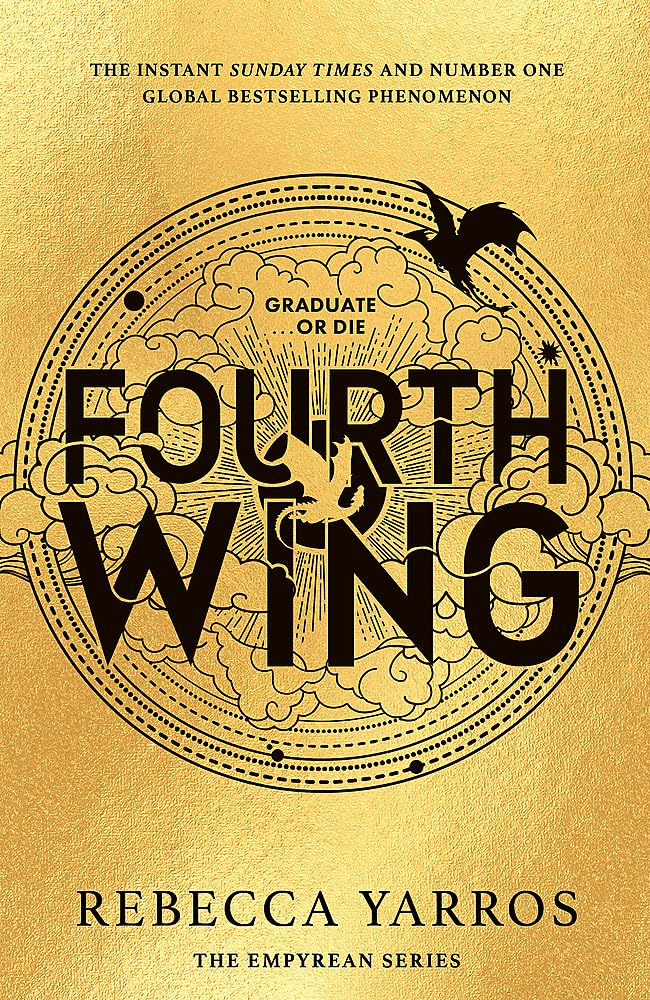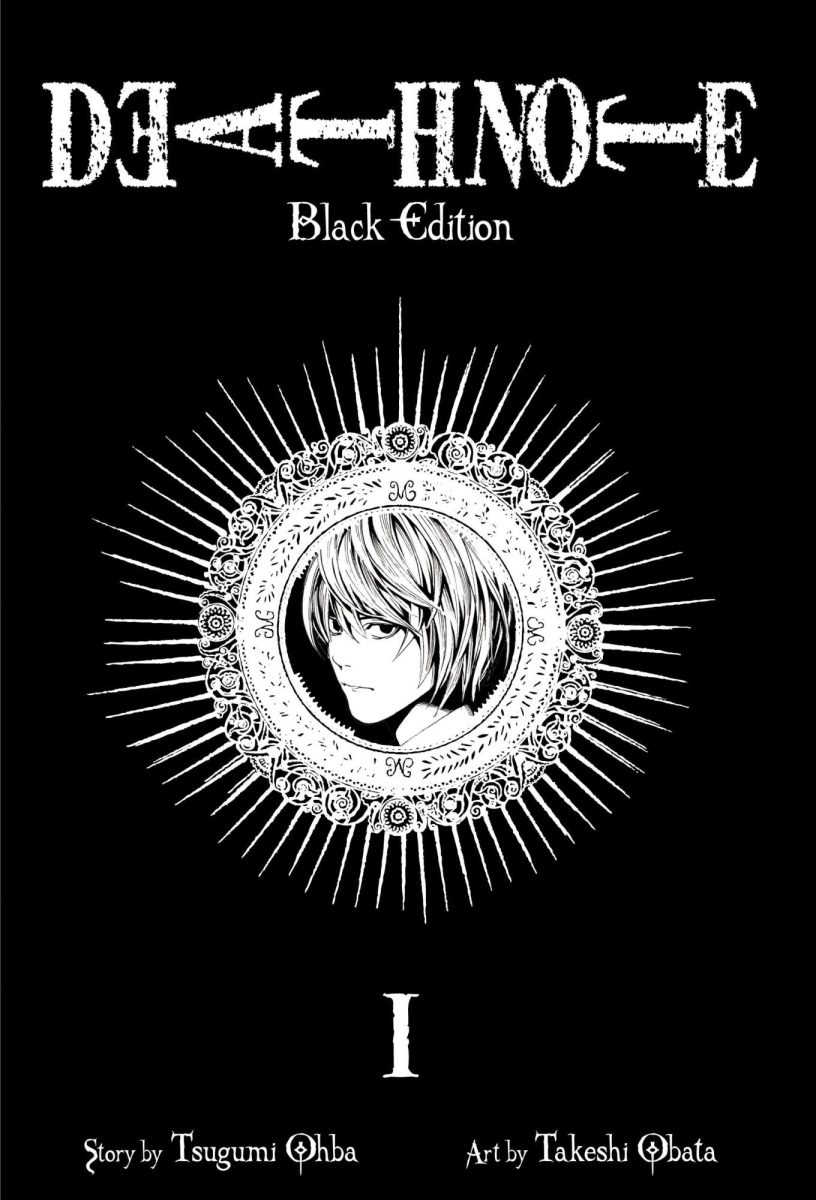AP Language and Composition, which I took with Brittany Ray my junior year, was easily my favorite English class up to that point. For anyone wondering what Ray’s version of AP Lang and Comp looks like, I think the best window into the class is through the books on the syllabus.
The Great Gatsby (F. Scott Fitzgerald, 1925)

The story begins in the 1920’s, the Jazz Age, with Midwestern bond salesman Nick Carraway moving into a small house next to a much bigger one: the mansion of famous Long Island party-boy Jay Gatsby. Nick is quickly embroiled in the old- and new-money social scenes of New York, bouncing between parties, luncheons, and other classy get-togethers. Through it all, Nick serves as a fly on the wall amid a tangled mess of sordid affairs and sumptuous wealth, watching as it all spirals into disaster.
In my experience, The Great Gatsby was, on its own, fine. The plot is compelling enough, and there’s something deeply comical about Nick observing the twisted and tragic events around him while doing absolutely nothing about them. At its core, though, Gatsby is a “sometimes the curtains are just blue” book – which is to say, it’s coated with layers of symbolism so thick you could bite into it and lose a tooth. And that’s where the experience totally changes.
Brittany Ray, one of Skyline’s AP Lang teachers, personally owns 33 copies of The Great Gatsby. The book’s title is painted on a staircase in her home. She has a dog named Gatsby.
You will not have as much fun reading The Great Gatsby with anybody else.
Ray’s membership in the Gatsby superfan-club is what enshrined the novel as one that I’ll remember reading for a long time to come; her enthusiasm for it is infectious, and class conversations take interpretative ideas to the next level. If you think talking about books isn’t your thing, don’t knock it until you try it; the experience is strikingly similar to gossiping about reality TV, with characters that everyone loves to hate, pity, and argue about.
10/10, no notes.
The Joy Luck Club (Amy Tan, 1989)
The Joy Luck Club tells the story of four first-generation Chinese immigrants to the U.S. and their daughters, who grow up with feet planted in two different continents. Each generation of the Woo, Hsu, Jong, and St. Clair families has her own two chapters: a swirling, and sometimes sickening, orbit around a weighty problem rooted in cultural, generational, and gender trauma. Brilliantly, Tan begins and ends the novel with the mothers’ stories from China, illustrating the sources of intergenerational conflicts between and lessons passed down from mother to daughter.
The Joy Luck Club contains a lot of content that can be very difficult to tackle, including abortion, child marriage, child abuse, impacts of war on civilians, and eating disorders. Many of those themes are rooted in deep connections to Chinese mythology and folk traditions, giving the novel a vaguely magical atmosphere, which weave nuanced morals by blending harsh realities with folklore.
In Ray’s class, students are divided into four groups, each of which reads the story of one family. Joy Luck Club is a great read on its own, and I highly recommend it whether or not you’re taking AP Lang with Ray. The discussion sections are what made reading this a unique experience though. Discussing with your family groups is interesting enough, poring over the chapters you’ve all read; it’s when you convene with representatives from the other families that Joy Luck Club really comes to life. Having to explain the story of your family to the others in your group so you can find commonalities to analyze can be hard, especially with the novel’s vaguely magical feel and deep connection to Chinese mythology and folk traditions, but it gets you to really internalize what’s going on with your assigned family.
I don’t care what your class schedule looks like, find the time to read this book.
Just Mercy (Bryan Stevenson, 2014)
Just Mercy, Stevenson’s first-person account of his experiences as a death row lawyer in the American South, is a brilliant book from front to back.
The core narrative revolves around Stevenson representing Walter McMillian, a Black business owner from Alabama placed on death row for the murder of a young girl, a crime of which he insists he is innocent. Interspersed between chapters of McMillian’s story are anecdotes from other death row cases, and Stevenson’s personal thoughts on the American justice system and systemic racism in the U.S. Through both, Stevenson explores corruption in the legal system, and how deeply entangled it is with the history of segregation and Black life in the South.
Just Mercy should absolutely be mandatory reading for anyone going into law in the United States, but even if you’ve never considered law as an interest before, pick up a copy. Stevenson’s renown as an attorney belies another skill: explaining law jargon in layman’s terms. He makes the pivotal details of cases really easy to understand, which heightens their emotional impact tenfold.
Just Mercy goes right next to Joy Luck Club in the category of books I read in AP Lang, but anyone should read anywhere, anytime.

